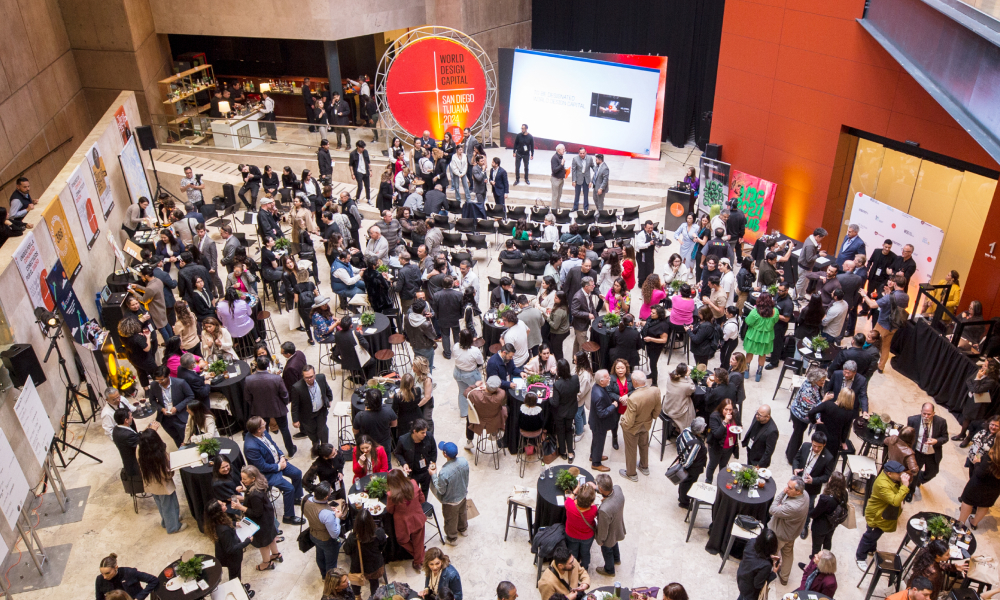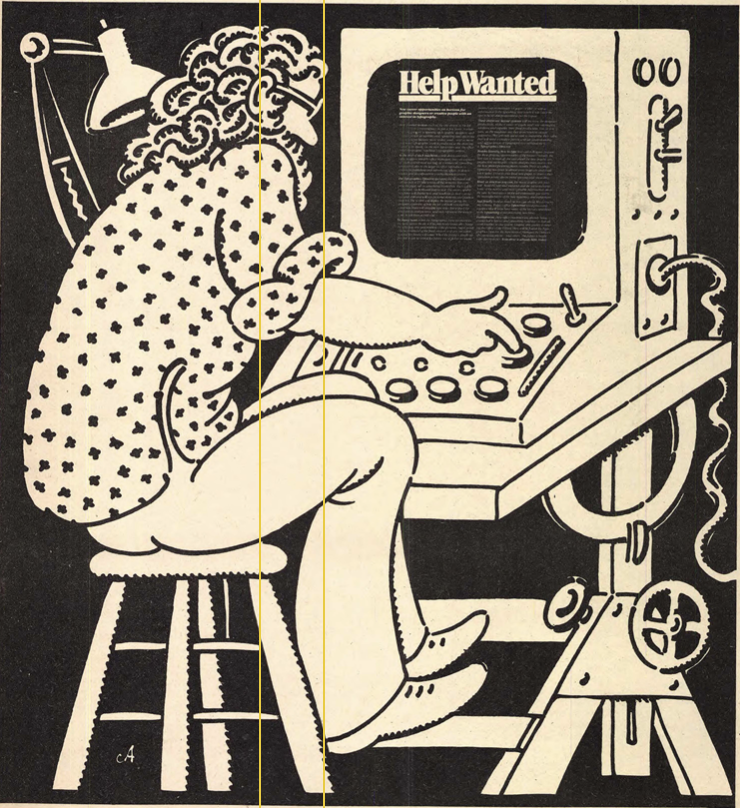CfP #23: National and international design organizations: networks, politics and policies
Edited by Chiara Barbieri, Pier Paolo Peruccio and Dora Souza Dias

Issue #23 of AIS/Design: Storia e Ricerche calls for historical and critical investigations into national, transnational and international Design Organizations, their networks, politics and policies.
For more than a century, designers have gathered across the globe in professional and promotional associations at both local, national and international levels. These associations have frequently been formed by the need individual practitioners encountered to promote design and clarify its importance as a field of practice to wider audiences but also in an effort to establish it as distinct professional practice, with its own rules and codes of conduct. They have worked as gatekeepers thereby establishing who to include or otherwise exclude from the design discourse, with memberships encompassing individuals practitioners, associations and stakeholders in adjacent fields such as education, culture and commerce.
Proposals must be submitted in the form of a long abstract, to be sent by May 4, 2025.
Below are links to the materials:
– Template
Read more about CfP #23: National and international design organizations: networks, politics and policies





